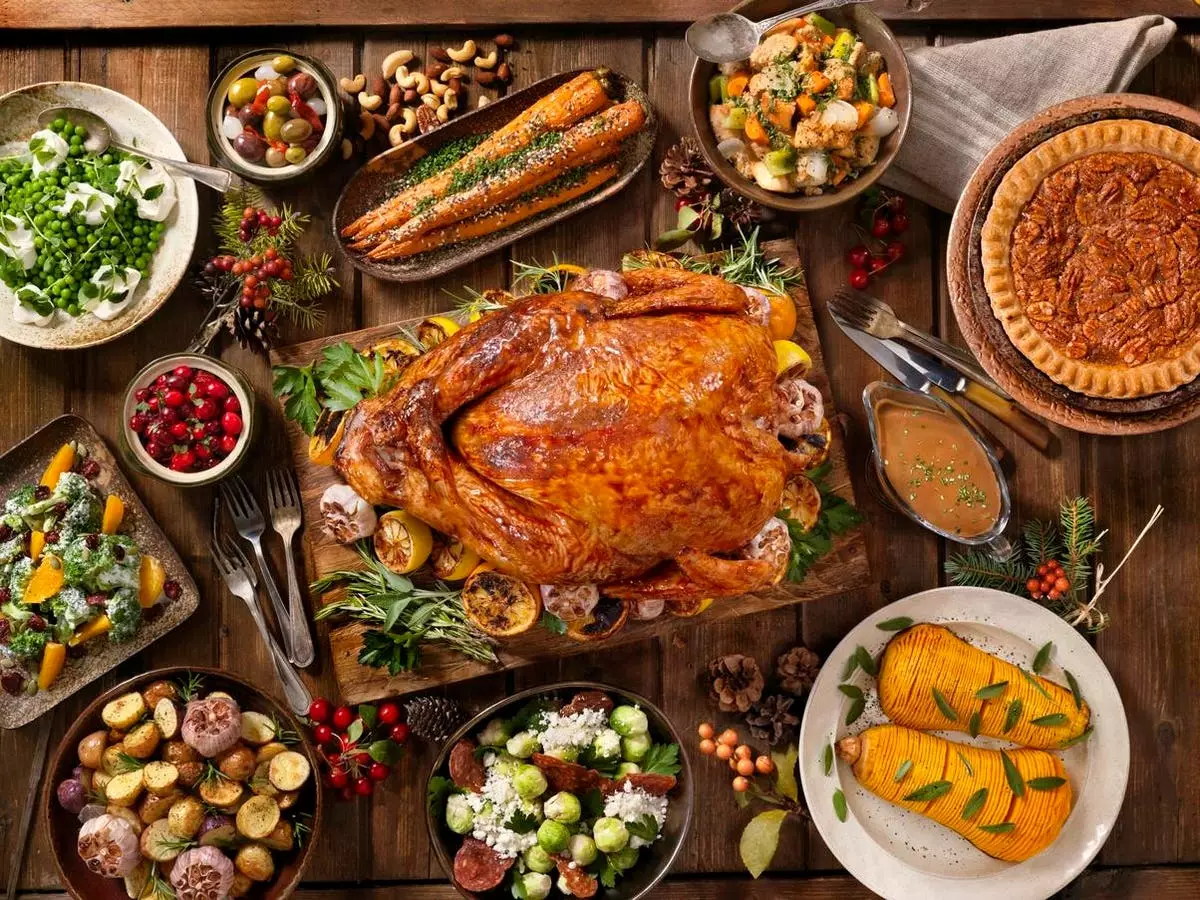In recent years, the world has witnessed a significant transformation in how culinary enthusiasts approach sake. Traditionally relegated to the confines of Japanese restaurants, this beloved rice wine is now making waves across global culinary landscapes. High-end establishments, such as Per Se, Eleven Madison Park, and Blue Hill At Stone Barns in New York City, have begun to embrace sake, offering it alongside diverse menu items. This shift highlights a growing recognition of sake as a versatile beverage that pairs well with a plethora of dishes beyond sushi and tempura. Chris Johnson, a noted sake educator, emphasizes this versatility, stating that sake can complement a wider variety of foods than traditional wine. With increasing sales and broader acceptance, the beverage has become an essential part of American dining culture.
Statistical data reinforces the notion that sake is more than just a niche beverage; it has become a prominent player in the U.S. import market. Since 2002, the U.S. has held the title of the largest importer of Japanese sake, with imports soaring by 240% between 2012 and 2022. This surge can be attributed to a broader understanding of sake’s unique qualities, such as its mild alcohol content, which hovers around 15%, comparable to that of wine. But what sets sake apart is its lower acidity, which allows it to pair seamlessly with a variety of food profiles. For instance, while wines like Sauvignon Blanc may falter against charred flavors or bitterness, sake’s lighter touch permits a harmonious combination with richly grilled meats and other bold dishes.
Sake owes much of its gastronomic adaptability to its composition. Unlike wine, which relies on the inherent qualities of grapes, sake is crafted from rice, water, yeast, and koji. The koji mold plays a crucial role in converting starches in rice into sugars necessary for fermentation, producing a distinct umami flavor that is absent in wine. This umami aspect acts as a bridge in food pairing, allowing it to harmonize with universally appreciated flavors found in things like burgers or grilled seafood. According to seasoned brewmaster Masaaki Saito, who comes from a long lineage of sake producers, an ideal pairing should maintain a balance of acidity between the sake and the dish.
One of the most exhilarating aspects of sake is its compatibility with a range of international dishes. Saito, who now oversees Hiraizumi Honpo Brewery, suggests that traditional Italian fare, such as meatballs in tomato sauce, aligns beautifully with the character of their sake. The gentle acidity present in both the dish and the beverage complements and enhances the inherent umami flavors, creating a delightful dining experience. Additionally, he proposes pairing white pizza with sake, noting that the richness of the melted cheese mirrors the layers of flavor found in their brews. This adaptability broadens the horizon, inviting food enthusiasts to explore inventive pairings within the realm of American cuisine, from seafood to barbecue.
While the emergence of sake in mainstream culinary settings is encouraging, it comes with the sobering reality of the current state of sake production in Japan. The number of breweries has drastically declined from over 3,500 in the 1970s to around 1,000 today, due to a combination of aging demographics and shifting consumer preferences. Entrepreneurs like Daisuke Nakajima, founder of Boken Sake, strive to keep the tradition alive by advocating for sake in diverse culinary contexts. Nakajima stresses the urgency in sharing sake’s cultural heritage with a global audience, asserting, “If we don’t, we risk losing it.”
For those eager to explore sake’s pairing potential, expert advice can provide helpful guidance. When faced with a diverse Thanksgiving spread or rich dishes such as fried chicken, selecting the right type of sake can elevate the meal. Johnson recommends considering a Yamahai Junmai for its umami-rich profile, making it an excellent choice to complement various flavors. For something fried and oily, a refreshing sparkling sake or a lighter Ginjo can balance the heaviness, while a sweeter, cloudier Nigori sake pairs beautifully with spicy foods, effectively counteracting heat and enhancing flavors.
The world of sake is a canvas that invites experimentation and creativity. As more people explore its possibilities beyond traditional pairings with Japanese dishes, it offers new opportunities to redefine culinary experiences. With the assurance that sake is forgiving in its compatibility, many are encouraged to try unusual pairings, such as cheese or spicy cuisines, thereby expanding their horizon and enriching their dining journeys. Whether one is a seasoned connoisseur or simply curious, introducing sake into one’s culinary repertoire not only honors a time-honored tradition but also celebrates the unbounded joy of food and drink.


Leave a Reply